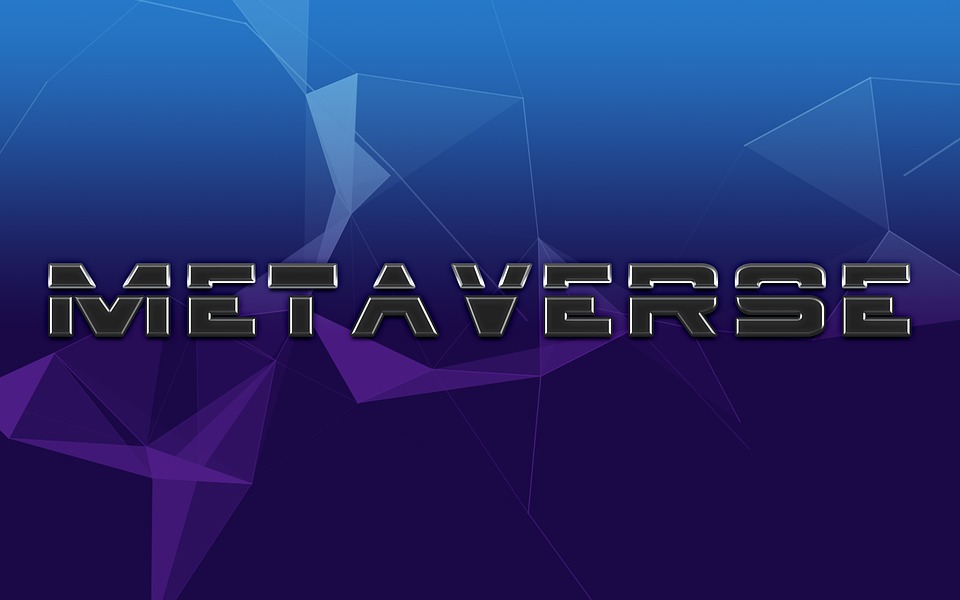Business
Global Mosquito Repellent Market Share Likely to Grow At a CAGR of 7% By 2030
by Author
-
Friday, August 26, 2022
121 Views
According to Custom Market Insights, The report on “Global Mosquito Repellent Market” includes comprehensive information regarding the market’s historical and current estimations, future projections, market trends, competition, market dynamics as well as recent developments in the mosquito repellent market forecast to 2022 to 2030.
According to the study, the size of the market is accounted at around USD 5.1 billion in 2021and is expected to grow at a CAGR of 7% during 2022-2030. The market for global mosquito repellent market is forecasted to account for nearly USD 10.3 billion by 2030.
Request Access Full Report is Available @ https://www.custommarketinsights.com/report/mosquito-repellent-market/
Mosquito Repellent Market: Overview
Mosquito Repellents are products that help in protecting humans from mosquito bites, which are capable of causing local or systemic effects. The consequences of these bites can vary from normal skin irritation to serious illness resulting in death. These products are widely used across the globe and are available in various product types.
Growth Factors
The increased urbanization has resulted in the growth of the e-commerce sector. The platform offers a wide-ranging variety of mosquito repellent products, which is creating opportunities for the market players. Moreover, the rising awareness for natural mosquito repellent products is boosting the market growth. Other factors include the rise in camping activities by people in remote locations.
Segmental Overview
The mosquito repellent is segmented into product type and distribution channel. Based on product type, the market for sprays is expected to dominate during the forecast period. Moreover, based on the distribution channels, the online segment is anticipated to show noticeable growth. The offline segment is expected to hold the largest market share during the forecast period. The rising popularity of supermarkets & hypermarkets in urban areas is supporting the market growth.
The rise in various online portals along with a number of discounts or offers on mosquito repellents is fueling the purchase of these products through various e-commerce platforms. Also, the online sales channel has resulted in increased consumer reach, attributed to this, the online distribution channel has emerged as a significant revenue source for several players. Moreover, the online sales segment is projected to expand during the coming years with rapid growth in internet and mobile user customer, particularly in emerging economies. Additionally, surging e-commerce sales, advancements in logistics, availability of easy payment options, and the ability to enter new global markets for key brands fuels the mosquito repellent market.
Press Release For Mosquito Repellent Market @ https://www.custommarketinsights.com/press-releases/global-mosquito-repellent-market/
Regional Overview
Increased Demand for Insect Repellents from Asia-Pacific
The Asia Pacific is estimated to hold the largest market share. The rising population, living standards, disposable income, and awareness, coupled with affordable pricing of repellents are expected to boost the market. Also, a number of countries in the region are experiencing a rise in mosquito-borne diseases> Attributed to this, governments across countries are launching programs to address the issue. Some of these programs include Swacch Bharat Abhiyaan and the National Framework for Malaria Elimination.
In countries, such as India, stagnant water acts as a breeding ground for mosquitoes, and such places in rural are plenty in number across the region. Also, poor sanitary facilities, storm drains, street gutters, leaky faucets, as well as clogged rain gutters provide optimum breeding grounds for mosquitoes, which is resulting in increasing concerns regarding the mosquito population. In India, currently, Godrej is the leader mats player, with around 50% of the market share. In the coils segment, Reckitt Benckiser’s Mortein product is leading with a market share of over 30%. In vaporizers, S C Johnson’s All Out dominates the market with approximately 70% market share.





